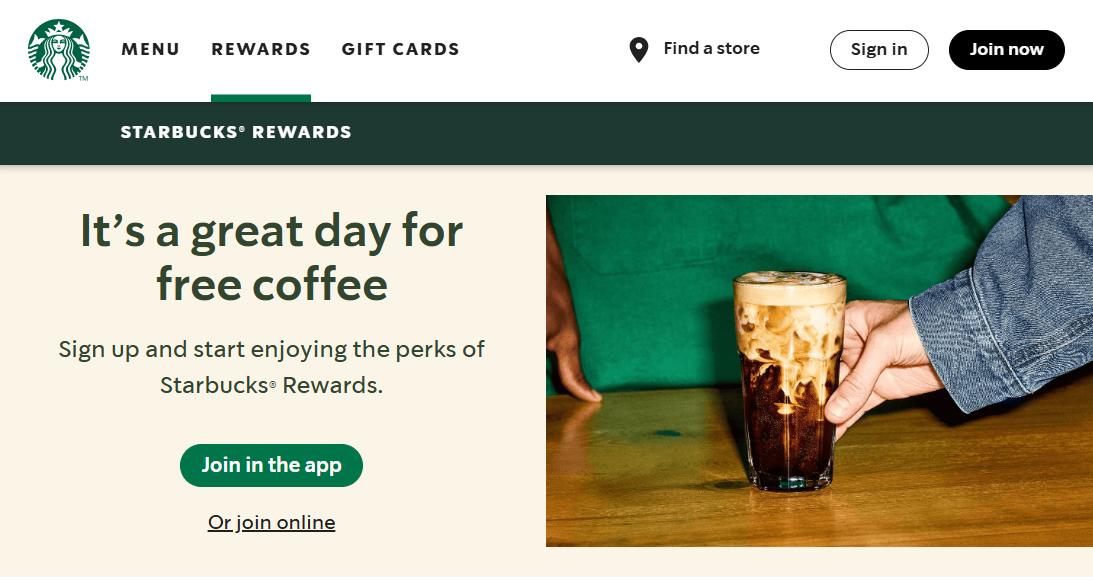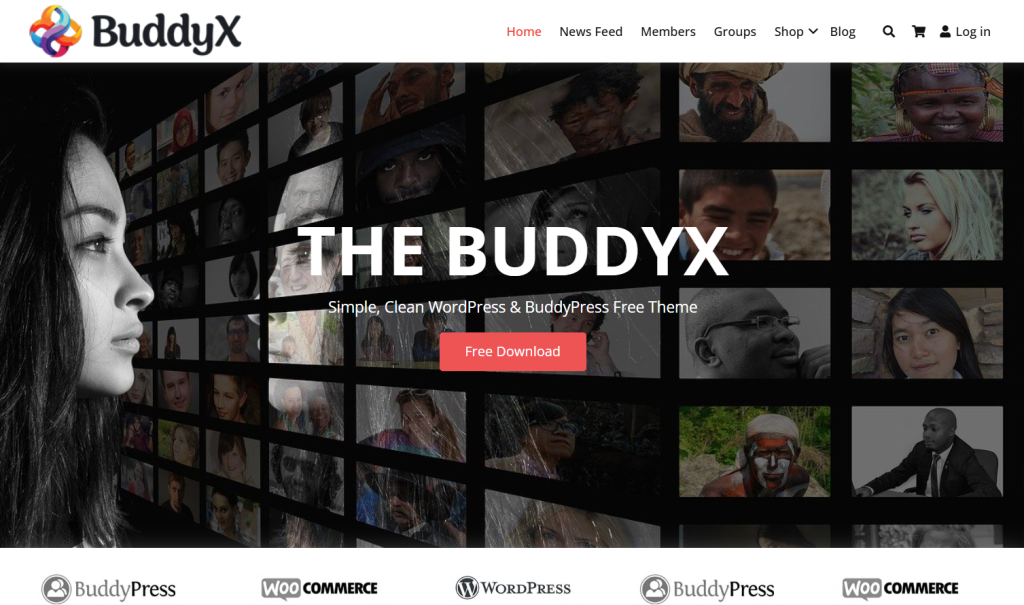Building a membership site gives you the opportunity to create a dedicated space for your community—where people can connect, learn, and grow together.
Whether you’re a coach, content creator, or business owner, a membership website allows you to engage with your audience on a deeper level while generating recurring revenue.
But where do you start? In this guide, we’ll take you through everything you need to know, from defining your membership model to launching and growing your community.
How To Create A Successful Membership Website
The goal of this article is to walk you through the importance of having a membership website. More than that, it will help you grow and nurture a highly engaged community through it.
What is a Membership Website?
A membership website is your exclusive online platform where members gain access to premium content, discussions, and resources. While most membership websites operate on a paid model, some offer free trials or limited access for new users.
These platforms offer members special perks such as exclusive reports, newsletters, webinars, online courses, coaching sessions, and more. Many businesses, nonprofits, and associations use membership websites to build a loyal and engaged community around their brand.
Membership websites are often confused with subscription websites, but they offer different experiences. Let’s take a closer look at the key differences.
For a deeper understanding, check out this helpful video that walks through the essentials of building a membership website.
Membership vs. Subscription Websites
Membership and subscription websites are similar but not exactly the same.
A membership website allows customers to join a group, while a subscription site lets customers pay to use a product or service for a set period of time. A subscription website operates on a monthly or yearly financial contract, while a membership website may or may not require a paid subscription.
Most subscription websites are membership websites, but not all membership websites use the subscription model.
For example, you subscribe to Spotify Premium by paying a monthly fee in exchange for ad-free music streaming, offline downloads, and high-quality audio. It’s a fixed subscription fee, and you can cancel it anytime.
On the other hand, you can become a member of Starbucks Rewards, where you earn points for every purchase, get exclusive member-only offers, and enjoy free birthday drinks. Membership is free and based on engagement rather than a paid recurring fee.
As we can have a look at the image above! It’s a perfect example of how Starbucks Rewards creates a strong membership model by offering exclusive perks and incentives to keep customers engaged.
Starbucks Rewards operates on an engagement-based membership model, where customers earn points (Stars) for every purchase, unlocking exclusive benefits such as free drinks, birthday rewards, and personalized offers.
This approach aligns with membership websites, where businesses can offer free or tiered memberships to engage users, encourage repeat interactions, and build brand loyalty. Just like Starbucks Rewards keeps customers coming back for more coffee, a membership website can offer exclusive content, discounts, or perks to retain users and boost long-term engagement.
Also Read: Memberships vs. Subscriptions for community platforms
What Does It Take to Create a Successful Membership Website?
A great membership website provides more than just content—it fosters a sense of belonging. Your members should feel like they are part of a community that supports their growth and interests.
To keep them engaged, you need a mix of engaging content. This could include well-researched articles, interactive video lessons, expert interviews, live Q&A sessions, and community discussions.
Creating a platform that encourages interaction and participation will make your membership website more valuable. When members feel heard and involved, they are more likely to stay and contribute actively.
Steps to Building a Membership Website
Step 1: Define Your Membership Model
Before setting up your site, define what kind of membership experience you want to create.
Think about the value you are offering. Will you have free, paid, or tiered membership plans? Each model has its advantages. Free memberships attract a larger audience, while premium memberships generate revenue and provide exclusive perks.
Common membership models include community-driven memberships, content-based memberships, and service-based memberships that offer personalized coaching or mentorship.
Step 2: Choose the Right Platform & Hosting
Your membership website needs to be secure, fast, and scalable. Choosing the right hosting provider is essential to ensure smooth user experiences.
Opt for a hosting service that offers speed optimization, SSL security, and scalability so your site can grow effortlessly.
Some reliable hosting options include SiteGround, Bluehost, and Kinsta, known for their high performance and security.
Step 3: Choose the Right Membership Site Builder
A well-designed platform plays a crucial role in shaping the user experience and ensuring smooth navigation. Here are some of the top membership site builders:
-
BuddyX
BuddyX is best known for community-driven membership sites. Specifically designed for online communities, BuddyX integrates seamlessly with BuddyPress and other membership plugins, making it an ideal choice for building an engaging platform. It supports social networking features, group interactions, and gamification to enhance user experience.
-
Mighty Networks
Might Networks is best known for Building social and learning communities & comes with built-in course creation, event management, and social networking features. It’s perfect for those who want to foster engagement and learning through structured content and interactive discussions.
-
Wix
Beginners who want a simple drag-and-drop website builder with membership functionality, Wix is your right option. It provides an intuitive interface with customizable templates, making it easy to create a visually appealing and functional membership site without coding.
-
Kajabi
Kajabi is best known for course creators and entrepreneurs who want to sell memberships alongside online courses. It includes marketing automation, sales funnels, and built-in payment processing.
-
Squarespace
This platform works well for businesses and creators who want a visually appealing membership site with simple content management tools. Squarespace is especially suited for those who focus on design and branding while offering subscription-based content.
Also read: Top 10 WordPress Membership Plugins
Step 4: Create & Organize Your Content
Content is the backbone of your membership site. Plan and organize your content into categories such as courses, webinars, or exclusive blog posts. Consider using a content drip strategy to release content gradually to keep members engaged.
Using MemberPress, you can implement a content drip strategy, which means releasing content gradually over time instead of all at once.
Step 5: Launch & Promote Your Membership Site
Launching your membership site is an exciting step, but promotion is what makes it successful. Start by leveraging social media to create buzz—post teasers, behind-the-scenes content, and testimonials from early users.
Use email marketing to reach potential members directly. Sending out personalized invites, offering early-bird discounts, or sharing exclusive content snippets can drive sign-ups.
SEO also plays a crucial role. Optimize your website for search engines by using relevant keywords and regularly posting valuable content that attracts organic traffic. The more visible you are, the easier it will be to grow your community.
Step 6: Stand Out From Your Competition
Building a membership site isn’t just about earning revenue—it’s a statement. It tells your audience that you’re serious about your niche and ready to provide long-term value.
Think about it: free content is everywhere—blogs, YouTube, social media. But a membership site? That’s a different game. It consolidates all your valuable content under one roof, giving your audience structured access without distractions.
Beyond that, it builds credibility. When people see that you’ve created a space where they can learn, engage, and grow, it elevates your authority in the industry. You’re not just another creator—you’re an expert with something truly valuable to offer.
Plus, with access to your members’ emails and data, you can nurture them with exclusive updates, personalized offers, and strategic drip email campaigns. This means not only keeping your audience engaged but also increasing the potential for upselling and long-term retention.
At the end of the day, having a membership site positions you as a leader. It shows that you’re playing the long game, committed to providing value beyond just a few blog posts or social media updates. And that’s how you truly stand out in today’s crowded digital world.
Conclusion
In my experience, launching a membership website is one of the best ways to create long-term engagement while building recurring revenue. The best part? With the right tools, the technical side isn’t as difficult as it may seem.
Of course, creating high-quality content and attracting members takes time and effort. But if you choose the right platform and remain committed to providing value, success will follow. The real power of a membership site lies in the relationships you build.
Get started with one of these tools today, and you’ll have your first subscriber in no time. Focus on making a meaningful impact, and your community will grow stronger with each passing day.
FAQs
How do I attract my first few members?
Start by leveraging your existing audience through social media, email lists, and personal connections. Offer early-bird discounts, free trials, or exclusive perks to encourage sign-ups.
Can I switch to a different membership platform later?
Yes, but it’s not always a walk in the park. Moving platforms can be time-consuming, and sometimes, you might lose certain features or data in the process. That’s why it’s best to choose a platform that fits your long-term goals from the beginning.
Should I offer lifetime membership options?
Lifetime memberships can bring in quick revenue but may limit long-term earnings. If you go this route, ensure it’s priced high enough to cover future costs and provide ongoing value.
What’s the best way to onboard new members?
Welcome emails, introductory videos, and guided walkthroughs help new members feel comfortable. A “Start Here” section with essential content can improve their experience and retention.
What kind of content keeps members engaged long-term?
Exclusive courses, live Q&As, expert interviews, private communities, and downloadable resources work well. Keep testing different formats to see what resonates most.
How do I know if my membership site is successful?
Track key metrics like member retention, engagement rates, and revenue growth. Regularly ask for feedback and tweak your offerings to ensure members find continuous value.
Interesting Read
10 Best Online Community Platforms
Webflow vs Wix
The RankStar Strategy to Skyrocket Your Online Sales
Last modified: April 3, 2025




